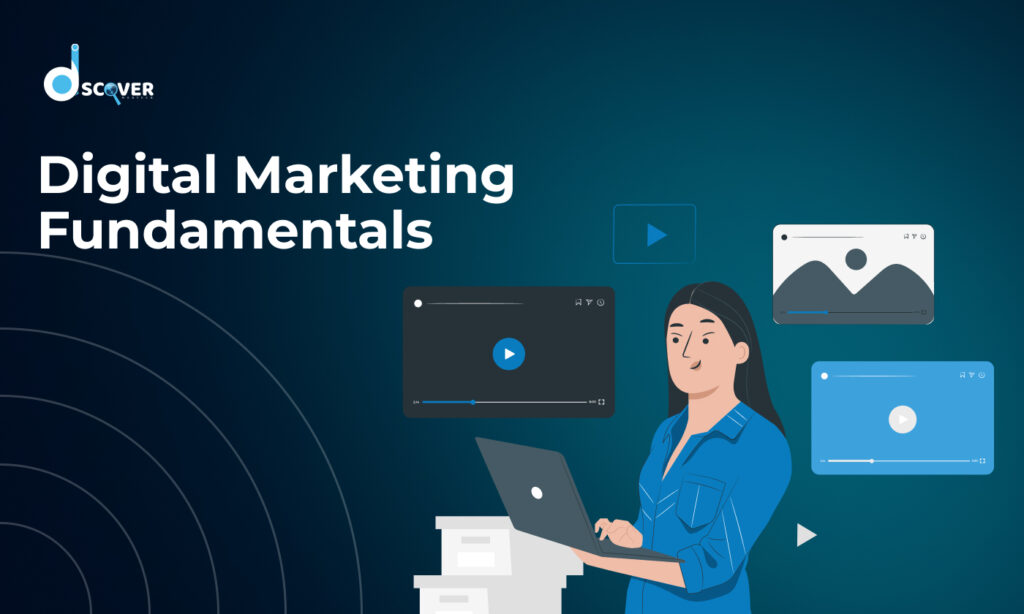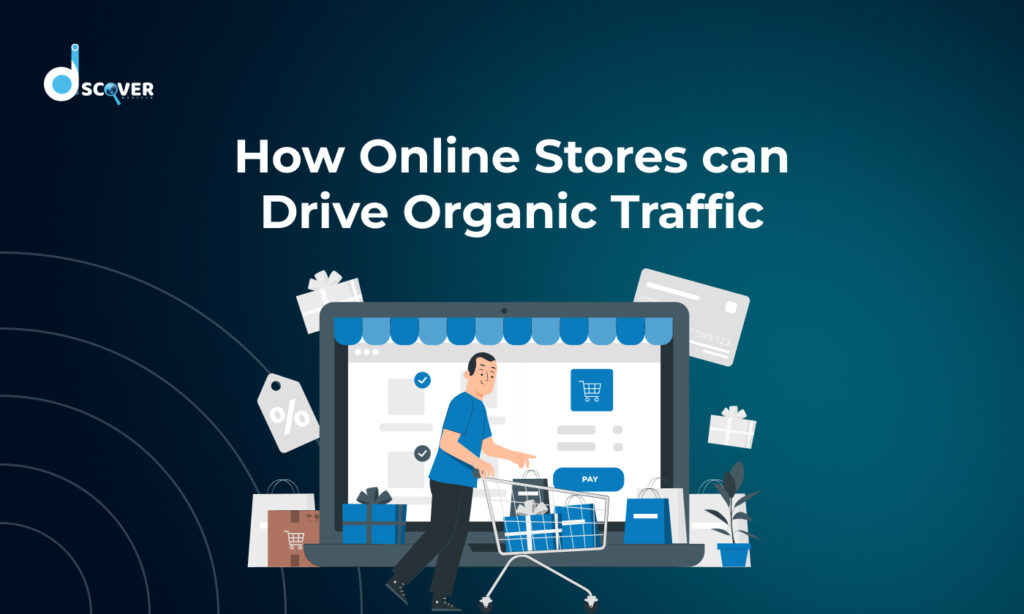
In this digital age, social media has become an integral part of our daily life. From connecting with friends and family to staying updated on the latest news, it serves various purposes. However, social media also offers an incredible opportunity for businesses to promote their products and services. Social Media Marketing for Beginners is a powerful tool that can help businesses reach a broader audience, build their brand, and increase sales. If you’re new to the world of social media marketing, this guide is your key to success.
Understanding Social Media Marketing
Before delving into the strategies and tactics, let’s start with the basics. Promoting your business through social media, often referred to as social media marketing as a business, is known as social media marketing. These platforms can include Facebook, Instagram, Twitter, LinkedIn, Pinterest, and many others. Below is a breakdown of the key components:
Goals and Objectives: Begin by defining your goals. What do you hope to achieve with social media marketing? The impact could be on brand awareness, website traffic, lead generation, or sales. Setting clear objectives will guide your efforts.
Target Audience: Know your audience. Who are your ideal customers? What are their interests, demographics, and social media behavior? Create content that resonates with them.
Content Strategy: Quality content is the key to success in social media marketing. Plan your content carefully, including text, images, videos, and links. Consistency and relevance are crucial.
Choosing the Right Platforms
When selecting the right social media platforms for your business’s digital marketing strategy, it’s important to consider the features and audience of each platform. especially for beginners venturing into Social Media Marketing for Beginners.
This will ensure that you are aligning your business with the right platform and connecting with the right target audience. Here’s a quick overview of some popular platforms:
Facebook: Ideal for a wide range of businesses, it’s the largest social network with diverse demographics.
Instagram: Visual content and storytelling are key on this platform, making it suitable for businesses with visually appealing products or services.
Twitter: Short, concise updates work well on Twitter. It’s great for real-time updates and engaging with your audience.
LinkedIn: Ideal for B2B marketing, it’s a professional networking platform to establish authority and connect with industry professionals.
Pinterest: Great for businesses with a strong visual component, like fashion, food, or home décor.
Creating Compelling Content
Now that you have decided which platforms are best for your message, it is time to create content that will draw the attention of your target audience. Consider these tips:
Quality Over Quantity: Focus on delivering high-quality content that adds value to your audience’s lives. This builds trust and engagement.
Visual Appeal: Use eye-catching visuals and videos. Social media posts with visual content typically have higher engagement rates than those without.
Consistency: Posting regularly will help you to keep your followers up-to-date and interested in your content.
Use Hashtags: Hashtags can increase the discoverability of your content. Research and use relevant hashtags to extend your reach.
Engage with Your Audience: It is important to respond to comments and messages in a timely manner. By doing so, you are creating a sense of community and trust with your audience.
Paid Advertising
While organic content is essential, paid advertising can amplify your social media marketing efforts, helping drive organic traffic. Most platforms offer advertising options, allowing you to reach a larger, more targeted audience. These ads can be highly effective when done correctly.
Measuring Success
To gauge the effectiveness of your social media marketing efforts, it’s essential to track and analyze your results. Here are some key metrics to monitor:
Engagement: Look at likes, shares, comments, and retweets. These metrics measure the engagement level of your audience with your content.
Follower Growth: Monitor the growth of your follower base over time.
Website Traffic: Use tools like Google Analytics to track how much traffic social media is driving to your website.
Conversion Rates: Measure how many social media leads or website visitors are converting into customers.
ROI: Calculate the return on investment to assess the profitability of your social media marketing efforts.
Staying Updated
The social media landscape is continuously evolving, with new trends and algorithms being introduced on a regular basis. To be successful, you must stay updated with the latest developments and adapt your strategies accordingly. Consider following social media marketing blogs, attending webinars, or joining industry groups to keep your knowledge current.
In conclusion
social media marketing for beginners might seem overwhelming at first, but with the right knowledge and a strategic approach, you can harness the power of social media to grow your business. Start by understanding the digital marketing fundamentals, choosing the right platforms, creating engaging content, and measuring your success. As you gain experience, you can refine your strategies and take full advantage of the ever-evolving world of social media marketing. Remember, success in social media marketing is an ongoing journey, and the key is to stay adaptable and continuously learn and improve your skills.


